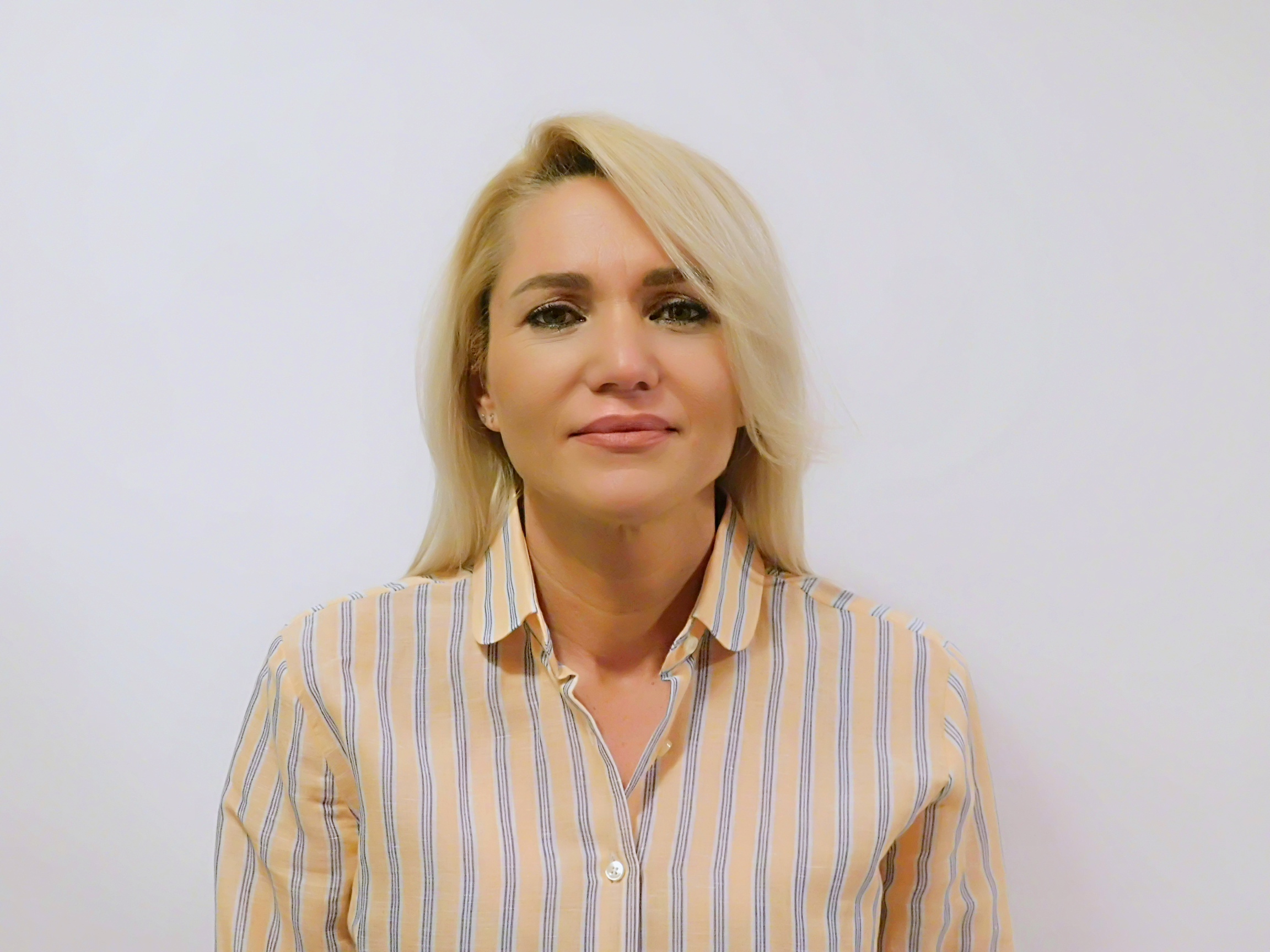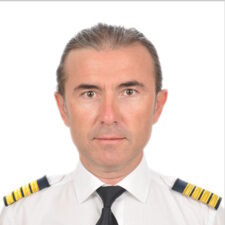“Growing Wings” at the PeakTure Hotel
The Growing Wings book landed at KM 0 in Bucharest, in the center of the capital city, at the 4-star...
Here is a list of our most frequently asked questions.
If you have any suggestions or feedback, please don’t hesitate to get in touch.
Aviation plays a vital role. The current crisis has a dramatic impact on this industry. In addition, states now rely on aviation services to transport medical devices, doctors, patients and to reunite families.
Passenger numbers are forecast to drop to 1.8 billion in 2020, according to IATA calculations, bringing the industry down to 2003 levels. Passenger figures were almost 61 percent smaller than the 4.5 billion in 2019, relative to the "good old days." Demand dropped by 66%, lowering the load factor to 65.5 percent, the lowest level since 1993. This substantial decline in demand resulted in the passing of time. This significant downturn in the demand led to passenger revenue drop to $191 billion in 2020 reaching less than a one-third part of the $612 billion earned in 2019. It will recover step by step according to the specialists from America, but it will take times, in this moment the pilots who was lay off end of 2020, they are back in the business, the companies call them back because there is expectation for the end of 2021- summer 2022.
The aerospace industry is responsible for the design, manufacture, and repair of aircraft and spacecraft. The industry exists outside the earth's atmosphere and includes everything from commercial airliners to cargo planes, passenger jets, space stations, and satellites. Aviation is a different sector from the aerospace industry, which is a much larger factory. The term "aviation" refers to a variety of activities related to mechanical flight and the aircraft industry. The word "aviation" comes from the Latin word avis, which means bird.
Before learning to fly, every student pilot must obtain a medical certificate, as required by civil aviation regulations. Obtaining a medical certificate entails obtaining medical confirmation that the body is fit to travel. However, this does not rule out the possibility of medical issues during the flight.
To be more accurate, regardless of how healthy one's body is, everyone may experience medical conditions during actual flight. For example, hypoxia, hyperventilation, flying illusion, airsick, fatigue. Also, with the acquisition of relevant information, it is difficult to detect hypoxia in any tissue type immediately. Tissue hypoxia is normally followed by the following symptoms during flight:
1. The color of nails or lips turns purple.
2. Headache
3. Increased reaction time
4. Judgment has decreased significantly.
5. Inexplicable ecstasy
6, the vision is inexplicably blurred.
7. Difficulty
8. Top-heavy or dizzy
9. Needle tingling in fingers and toes
10. Loss of consciousness
If you find or realize any of the above situations, you should first consider the occurrence of tissue hypoxia. The treatment of tissue hypoxia is also quite simple: reduce the flying altitude, provide artificial oxygen or both.
Hyperventilation
Another disorder that may occur during flight is hyperventilation, which is caused by inadequate carbon dioxide levels in the blood due to rapid breathing. It is more common in new students learning to fly, and it is typically triggered by tension-induced shortness of breath. The solution is also amazingly simple. Cover your mouth with a bag and take a slow, deep breath.
In addition, many symptoms of hyperventilation are like tissue hypoxia. The most obvious difference is shortness of breath during hyperventilation. This is also the fastest way to distinguish between the two symptoms.
Flying illusion
Physical and visual illusions are the most common types of flight illusions. The human body's composition determines the illusion of the body, which cannot be removed! It can only be prevented to the maximum extent possible by acquired information! Flight illusions come in a range of shapes and sizes. When maneuvering in instrument weather, many of them appear. The following are the most common scenarios:
1. The plane changes to level flight very slowly when turning;
2. The pilot looks back or bows his head when the plane is turning;
3. The aircraft has been in a stable turn for a long time;
4. Sudden acceleration or deceleration of the aircraft;
5. The plane suddenly leveled off from climbing.
In the aviation industry, aviation safety is a step toward avoiding accidents and injuries. To put it more simply, "safety is not an accident." If both pilots are using the same language “CRM” and they are following the standard procedures, keep a good environment in the cockpit, all the flights will be easy, without Human Errors accidents, or incidents. Command and control safety management, flight technology safety management, aircraft maintenance safety management, cabin safety management, and ground service safety management are all examples of airline safety management. Accidents may occur if there are issues with any of the links. As a result, there is a domino chain principle in aviation safety management, which suggests that all areas of aviation safety management are dominoes. If one of these connections is removed, the rest of the links will fall apart. As we all know, brand is the lifeblood of modern businesses and the foundation of value that ensures their survival and success. In fact, a core element of airlines in building their own brand culture is that they must attach great importance to aviation safety management.
The active-noise-cancelling Bose headphones are worn by many 737 pilots.
Then there are others who simply wear whatever the company uses, whether it is a light Telex or a David Clark one-ear head clamp. It is a wide range. That can make easy the flight for the pilot, without noise, and headaches when you get off after a long flight in the cockpit.
"Safety culture" is a broad term that is applied to a variety of fields and connections.
We will use it to describe low security awareness; we will use it to describe organizational culture or a lack of senior management support; and some people will use it to describe resistance to security procedures. The following five elements of safety culture can be categorized into general categories:
1. Community of risk reporting;
2. Both workers are mindful of the importance of safety;
3. Communication that is safe;
4. Safety would be ensured;
5. Relationship between safety and management.
Managing a safety project in an area with a weak safety culture will leave you feeling stuck. The main explanation for this is that safety culture affects safety efficiency.
Air transportation is essential to the growth of trade, commerce, and tourism, but the industry is limited in developing creative biosafety solutions.
Whether you're just starting your journey or you're an expert, we can always help you improve.
Find out what our members think about our training materials.














Find out the latest news and articles about our Aviation Journey.
The Growing Wings book landed at KM 0 in Bucharest, in the center of the capital city, at the 4-star...
The book "Growing Wings", written by Beatrice Filip - pilot at a Turkish national company, awaits to be read in...
Maarif International School of Bucharest had the pleasure to be visited by Ms. Beatrice Filip, pilot at Turkish Airlines, Ms....
"Males dominate aviation, but we women achieve success!'' She is gorgeous, smart, speaks four languages, and is an aviation engineer....